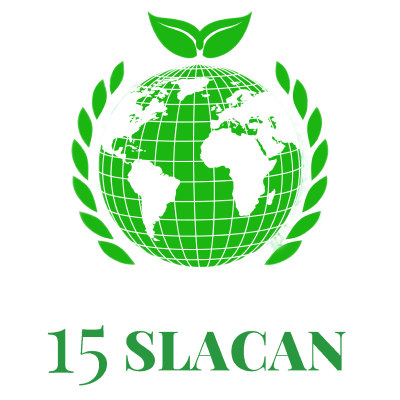Anais do 15° SLACAN - Simpósio Latino Americano de Ciência de Alimentos e Nutrição
Food colours dietary exposure by the Brazilian population based on consumption data from the National Household Budget Surveys (POF/IBGE)
Como citar esse trabalho?
Para citar este trabalho use um dos padrões abaixo:
Como citar esse trabalho?
Colouring food additives are substances added to food for the purpose of restoring, intensifying or imparting its colour. Although exposure estimates made with food colours are available, no comprehensive studies were found covering all food colours allowed in Brazil. Therefore, this study estimated dietary exposure to all food colours authorized in the country and for which numerical safety values have been established, followed by the risk characterization step. Mean and high exposure estimates were made with conservative assumptions, considering maximum permitted levels of food colours as concentration data. Consumption data were extracted from the Brazilian Household Budget Surveys (POF) 2008-2009 and 2017-2018, for which 2-days consumption data were collected from all residents 10 years old or older living in selected residences. Exposure estimates were calculated using a deterministic approach and compared with the Acceptable Daily Intake (ADI) values established by the Joint FAO/WHO Expert Committee on Food Additives (JECFA). A total of 35 food colours permitted in the country that have a numerical ADI or other safety value were identified and exposure assessment was not possible for two (powdered aluminum and beta-carotene from Dunaliela salina). A low risk of ADI exceedance was estimated for 16 food colours, considering mean and high consumers. Exposure for high consumers can be above the ADIs for: amaranth; erythrosine; brilliant black; canthaxanthin; ponceau 4R; iron oxides (black, red and yellow); annatto extracts, norbixin-based; paprika extract; and caramel III. For caramels II and IV, beta-apo-8’-carotenal, blackcurrant extract, synthetic beta-carotenes and beta-carotenes from B. trispora, a higher risk of ADI exceedance was verified as mean and high exposures were above ADI. The obtained results allowed the identification of food colours for which management actions should be taken to reduce human exposure.
- 1 Universidade Estadual de Campinas; Agência Nacional de Vigilância Sanitária
- 2 Universidade Estadual de Campinas
- Alimentação e saúde (AS)
Discussões Científicas de Qualidade
Com ~200 mil publicações revisadas por pesquisadores do mundo todo, o Galoá impulsiona cientistas na descoberta de pesquisas de ponta por meio de nossa plataforma indexada.
Confira nossos produtos e como podemos ajudá-lo a dar mais alcance para sua pesquisa:
Como citar esse proceedings?
Esse proceedings é identificado por um DOI , para usar em citações ou referências bibliográficas. Atenção: este não é um DOI para o jornal e, como tal, não pode ser usado em Lattes para identificar um trabalho específico.
Verifique o link "Como citar" na página do trabalho, para ver como citar corretamente o artigo

